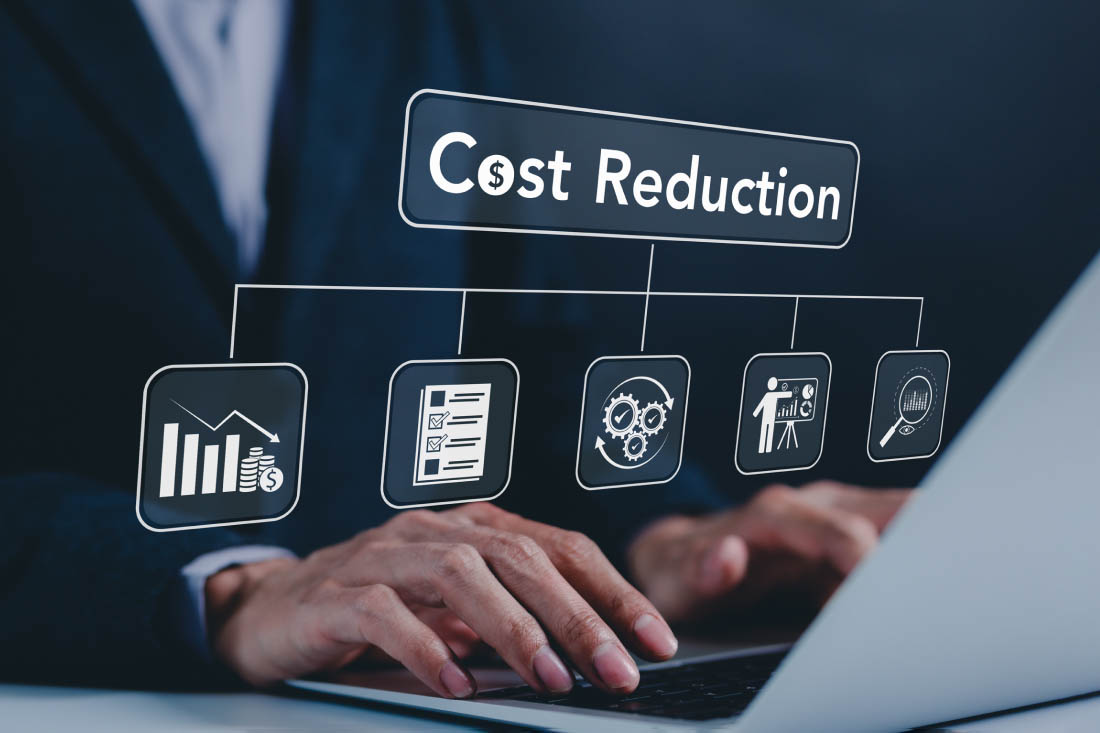Workforce reductions and reorganizations. Mergers and acquisitions. Return-to-office policies and hybrid work programs. Each of these scenarios demands thoughtful change management tracking to ensure teams stay productive and engaged throughout transitions.
What do these scenarios have in common? They all introduce change. And each one requires careful handling if you want to ensure a smooth, disruption-free transition. Strategically guiding employees through each organizational change is vital for success.
But how will you know if your change management process is effective? The answer lies in change management data.
What is change management data?
Change management data is the information business leaders use to test, measure and evaluate organizational changes. It includes a range of metrics related to people, processes and technology.
Change management insights are valuable because they empower organizations to identify needs and opportunities — and increase the likelihood a specific change will lead to desired outcomes. For example, conducting an impact analysis enables you to compare employee wellbeing, performance and engagement levels before, during and after a big change. Measuring this data against your goals makes it easier to identify areas for improvement.
Why is change management data so important?
Change management data is your ticket to more successful decision-making processes. It not only supports your case for making a change but also shows you how each transition affects employees. It also reveals when you’ve planned and executed a strategy effectively — and when it’s time to make adjustments.
Without change management data, leaders must rely on best guesses and anecdotal evidence. The sooner you collect and use it, the more data-driven decisions you’ll make.
7 big benefits of collecting change management data
Collecting change management data has the power to fundamentally transform how your business operates. To start, use it to:
- Measure impact: As you make changes to teams, departments or even across the entire company, change management data helps you to quantify the impact of those initiatives. Use it to see when there’s a dip or increase in productivity, and to stay ahead of negative repercussions like burnout or quiet quitting.
- Understand what works: By monitoring progress with change management data, you’ll see what works — and use this knowledge to replicate those strategies in the future. This empowers you to create a culture of continuous improvement and to focus on future state objectives.
- Address obstacles: Change management data reveals the challenges your employees face as they go through a big adjustment. Identifying these barriers early lets you proactively address them and ensure smooth transitions.
- Check progress: Collecting change management data allows you to see how individuals and teams respond to transitions in real time.
- Increase engagement: Collecting data gives your people a voice and allows them to provide feedback on their experiences. The resulting sense of ownership helps increase employee engagement during big changes.
- Evaluate and adjust: Change management data makes it easy to continuously evaluate and adapt your strategies to achieve better outcomes.
- Guide future decisions: As you build a history of change management dashboards, this legacy data will help you predict future outcomes. You’ll have confidence when approaching issues such as workload distribution or new hire onboarding since you’ll see how similar decisions in the past impacted your people.
However, there is a catch. While these opportunities are available to any organization, few are taking advantage of them. Less than a third of surveyed businesses have data-driven organizations — the rest still struggle to implement data.
The good news? You don’t have to master data literacy to unlock the power of change management insights. You just need to decide what to collect.
Identifying the right change management data to collect
Collecting data isn’t enough — you must first identify the right data. Start by considering your organization’s specific needs and objectives. How will you measure success? What do you want to test? What information do you need?
Answering these questions will make it easier to determine which types of change management data to collect. This process includes two steps:
1. Determine your data collection needs
Use the following questions to identify your data collection needs:
- What outcomes do you want to measure? Identify three to five specific key performance indicators (KPIs) that align with your change management goals.
- What methods will you use? Decide which data collection methods will be most efficient. Do you have the manpower for manual processes like surveys and interviews? Or will automated software work better?
- What data sources do you have? Make a list of the systems you already have in place for collecting change management data, and identify any new ones you’ll need.
- How frequently will you collect data? The answer to this question will vary for each initiative. For simple changes, weekly reports or periodic snapshots may be enough. But to manage big changes, you’ll need real-time data to accurately track progress.
2. Decide which types of change management data to use
The most common types of change management data include:
- Quantitative data is data that can be measured using exact numbers, and is important when you want to be objective. Examples include employee turnover rates, productivity metrics and customer satisfaction scores. Workforce analytics software is the best way to collect quantitative change management data.
- Qualitative data is information that can’t be counted or measured with numbers. Instead, it provides valuable context on employee behaviors and experiences before, during and after a change. Use employee surveys, focus groups or interviews to collect qualitative change management data.
- Process data tracks the progress of your change management activities. It includes details on your implementation timeline, training completion rates and adherence to communication plans. You’ll likely need a combination of manual and software-assisted methods to collect process change management data.
- Financial data reveals how your change initiatives impact various areas of financial performance. Examples of financial change management data include cost savings, revenue growth and ROI. Most organizations already collect these metrics — the key is to apply them to your change management analysis.
How to collect change management data
Most organizations are awash with change management data opportunities — the trick is identifying the best method for tracking those metrics. For this, you have two options.
Option 1: Manual change management data collection
Organizations have been using traditional data collection methods, such as questionnaires and one-on-one interviews, for decades. While these options provide rich qualitative data, they can be challenging to quantify. They also rely heavily on people-based processes. You’ll need highly skilled specialists and designated teams to design surveys, process raw data, analyze results and report on findings which can be expensive, difficult, and time-consuming with limitations regarding real-time data.
Option 2: Automated change management data collection
For more accurate and timely insights, use workforce analytics software. This new generation of data science tools tells you far more than just what employees think. You’ll have real-time data on everything from team productivity to early signs of burnout, all presented in easy-to-understand dashboards and reports. It’s the best way to see how an organizational change impacts your workforce, and to predict the outcome of future changes with historical data.
Change Management Tracking: Best Practices for Your Data
Tracking change management efforts isn’t just about collecting data, it’s about capturing the right signals at the right time. Whether you’re monitoring workforce productivity or team sentiment, successful change management tracking requires a blend of real-time data and contextual insights. Here are some best practices to help you track and analysis your change management data effectively:
- Set clear goals and KPIs to measure the success of each change initiative
- Track both leading and lagging indicators to catch early warning signs
- Combine quantitative and qualitative data for a complete view of impact
- Use real-time tracking tools to monitor progress and adapt quickly
- Align tracking with communication efforts to keep teams informed and engaged
- Measure adoption rates of new tools, workflows or policies
- Document outcomes to create a repeatable framework for future changes
ActivTrak Helps You Turn Change Management Data into Action
Change management data is one of the most valuable assets in any transformation initiative. It gives business leaders the visibility they need to guide change successfully, monitor impact, and continuously improve over time. Whether you’re navigating a shift in structure, tools or culture, tracking and using the right data will drive better outcomes.
The companies most likely to succeed through change over the next decade are the ones setting up new data processes now. Learn how ActivTrak removes the guesswork for you — schedule a 1:1 demo and we’ll show you exactly how we can help you collect and analyze change management data in real time.





